
How do you create a successful colony in the New World? Well, you gotta have faith, Puritan faith.
- Subject:
- History
- U.S. History
- Material Type:
- Lecture
- Provider:
- Mr. Betts' Class
- Date Added:
- 11/23/2016

How do you create a successful colony in the New World? Well, you gotta have faith, Puritan faith.
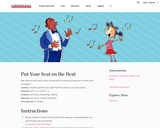
Students perform and create rhythmic patterns using their bodies.
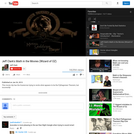
Reviewing the Pythagorean Theorem. Did you know the Scarecrow states the Pythagorean Theorem incorrectly in The Wizard of Oz? At the end is a clip of Homer Simpson also stating the Pythagorean Theorem incorrectly

Children's music writer Teresa Jennings (from Plank Road Publishing / MusicK8.com) has created a catchy musical concept song that focuses on the oh-so-important quarter note. Bill Belongia's animation features an imaginative mouse who finds many unusual uses for the versatile note. Kids will love the video, and they're certain to retain what they learn when they view it.
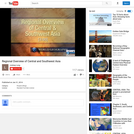
This video talks about the geography of Central and Southwest Asia.
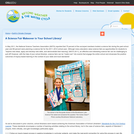
School librarian Marcia Mardis describes what the library can offer to teachers and students who want to produce a focused, engaging, and effective science fair. This article appears in the free online magazine Beyond Weather and the Water Cycle, which explores the seven essential principles of the climate sciences for K-grade 5 classrooms.

This video was created to introduce middle school students to science fiction as a genre. It was intended for educational and instructional purposes only.

Learn how to use the Chrome extension called Screencastify to create easy and meaningful screencasts.
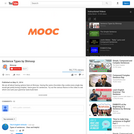
Introduces and defines the three sentence types: simple, compound, and complex.
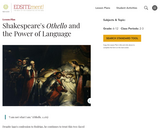
By means of group performances, writing exercises, and online search activities, students learn about the sometimes dangerous and destructive powers of language, particularly when wielded by such an eloquent and unscrupulous character as Shakespeare's Iago.
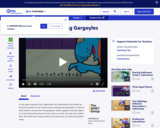
The CyberSquad must divide 35 candies evenly among seven gargoyles in this video segment from Cyberchase.
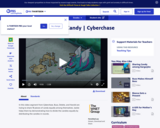
In this video segment from Cyberchase, Jackie shows Buzz, Delete and Harold how to deal out rounds (or sets) of objects to solve a problem.
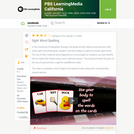
In this interactive Kindergarten through 2nd grade activity, literacy and exercise unite! Using sight word flashcards, students use their bodies to spell out simple sight words. The use of their creativity and imaginations is encouraged so students can also identify how to make their bodies long, round, wide and narrow. This lesson primarily focuses on the use of psychomotor, cognitive andaffective skills. ***Access to Teacher's Domain content now requires free login to PBS Learning Media.
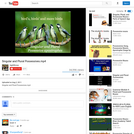
Created by Lisa Highfill, 5th grade teacher at Pleasanton USD.

TED Video: Leaps and bounds separate that which is ironic and that which many people simply say is ironic. Christopher Warner wants to set the record straight: Something is ironic if and only if it is the exact opposite of what you would expect.
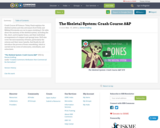
Crash Course AP Science: Today Hank explains the skeletal system and why astronauts Scott Kelly and Mikhail Kornienko are out in space studying it. He talks about the anatomy of the skeletal system, including the flat, short, and irregular bones, and their individual arrangements of compact and spongy bone. He'll also cover the microanatomy of bones, particularly the osteons and their inner lamella. And finally he will introduce the process of bone remodeling, which is carried out by crews of osteocytes, osteoblasts, and osteoclasts.

This video gives students an audio and visual way to learn to skip count by 3's.

This seminar will help you to identify a linear equation written in slope-intercept form. It will also help you to write and graph slope-intercept equations when you are given different pieces of information. You will be able to make connections between algebraic equations written in slope-intercept form and the real-life situations that they represent. StandardsCC.2.2.HS.D.10 Represent, solve, and interpret equations/inequalities and systems of equations/inequalities algebraically and graphically.
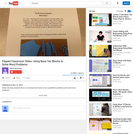
Solving word problems with base ten blocks.
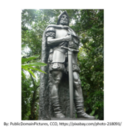
There is a lot of rich history when we talk about Spanish. There are important ancient civilizations, there are conquistadors and sea travelers across the Atlantic Ocean, and there are the many queens and kings of Spain. In this seminar you will learn about important historical figures in the Spanish language and use new vocabulary along with the regular forms of the preterite (past tense) to discuss these people and the events they were involved with.ACTFL StandardsCommunication: Interpersonal CommunicationCultures: Relating Cultural Practices to PerspectiveLearning TargetI can read a short summary of a historical figure's accomplishments and how it impacted an ancient civilization.Habits of MindThinking and communicating with clarity and precisionCritical Thinking SkillInternalize